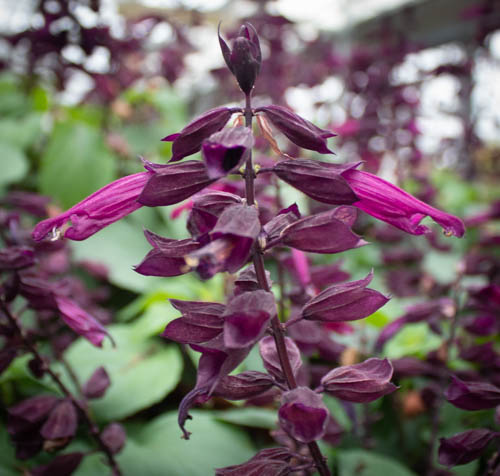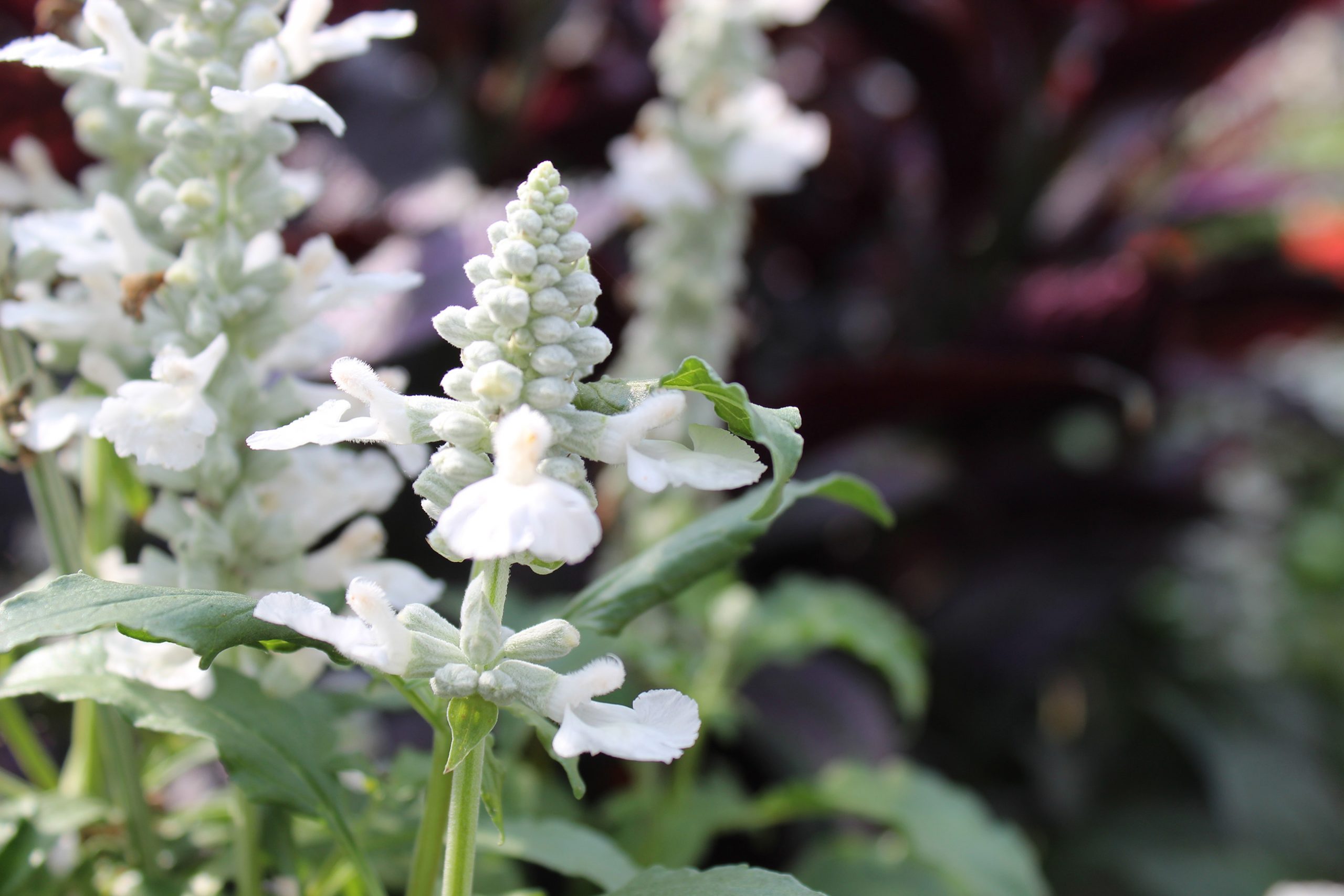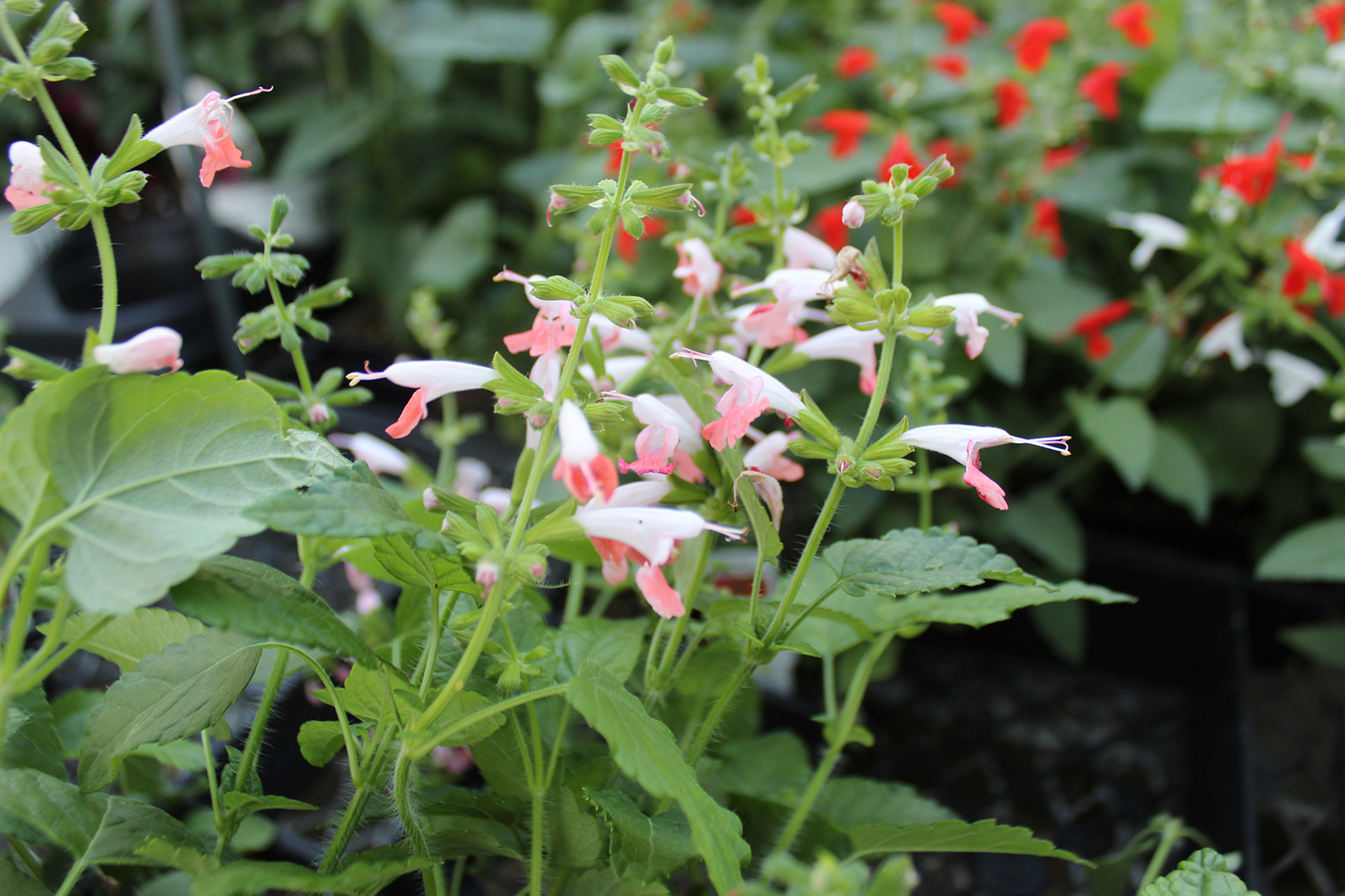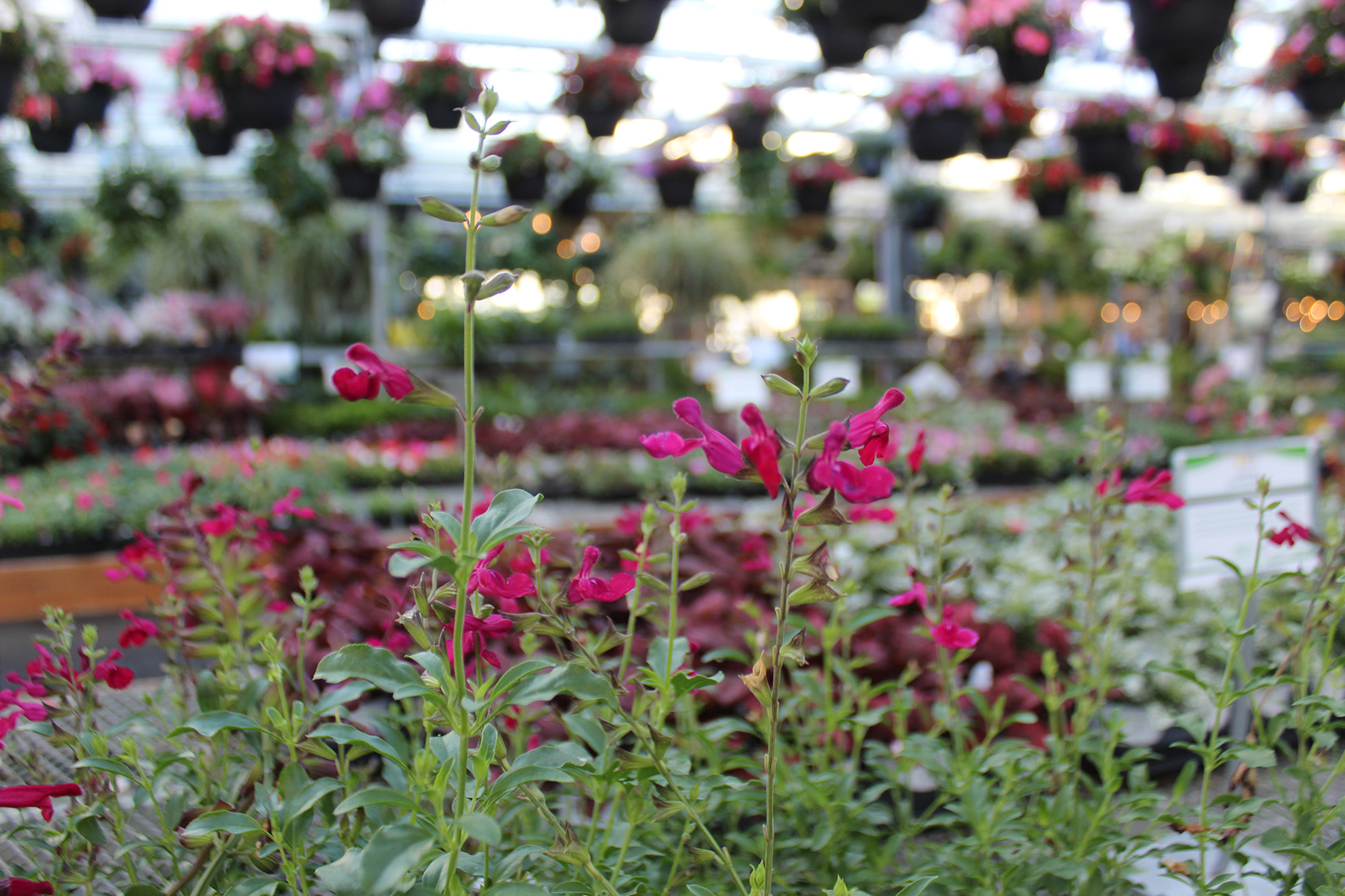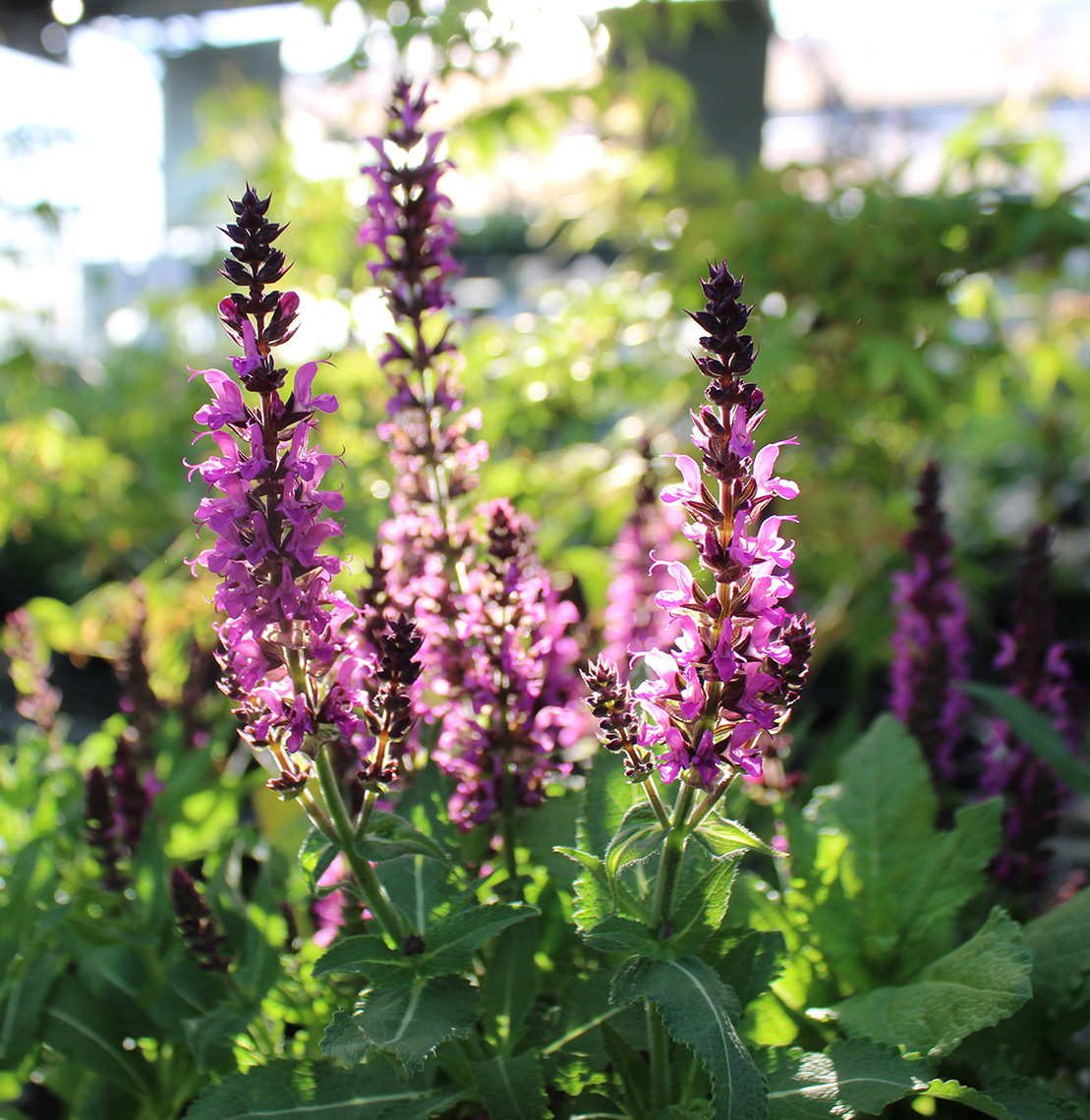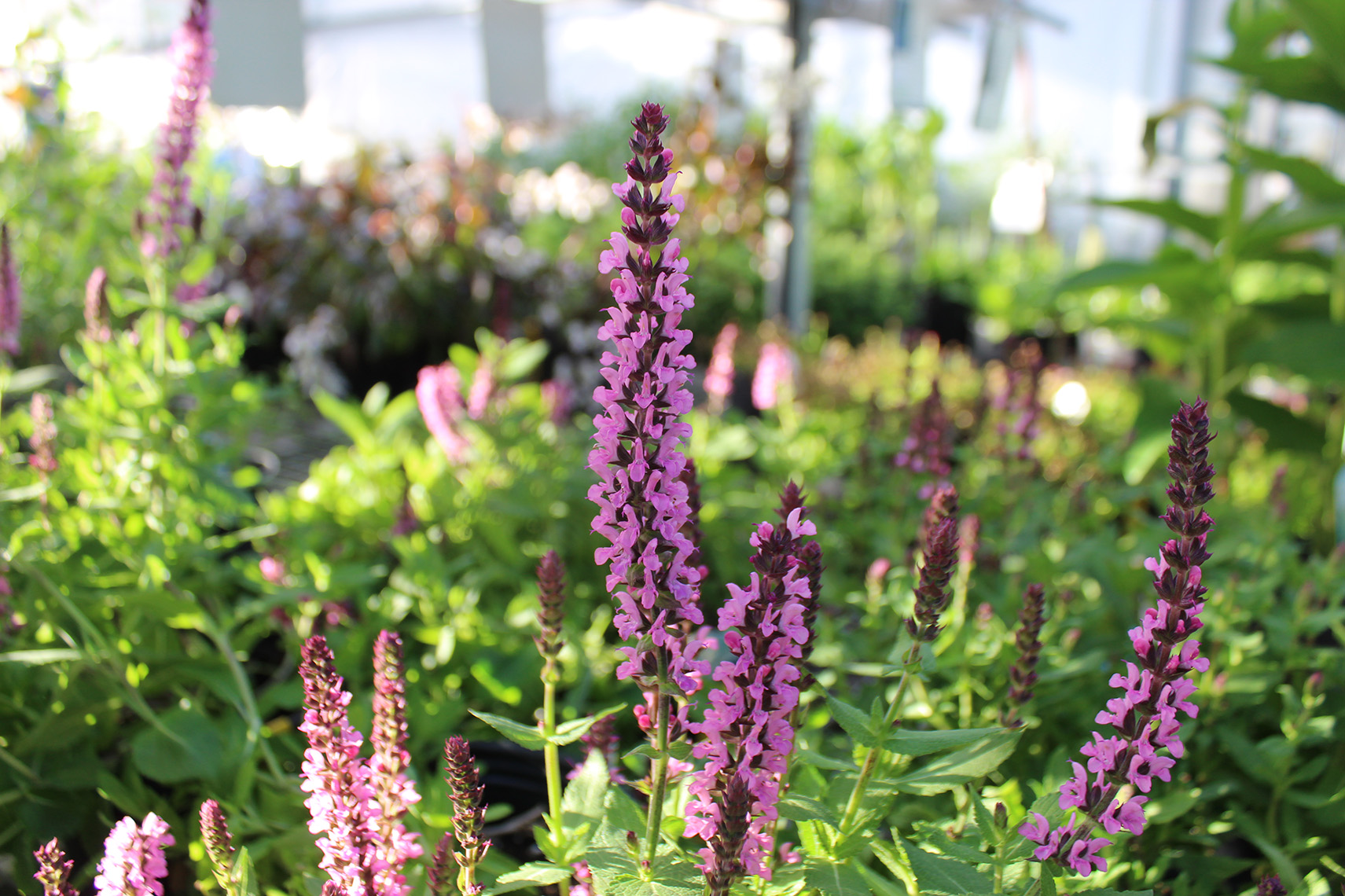Annual & Perennial
Annual Varieties: Rockin’ salvias are generally considered to be annuals since they are expected to overwinter only in warm climates. People typically plant them in spring, compost them in late fall, and replant them the following spring.
Perennial Varieties: Hardy perennial salvias can be cut back hard in spring or autumn. Half-hardy herbaceous varieties should be cut back in spring and, if you live somewhere very cold, overwintered in a frost-free place.
Wait until spring to prune shrubby varieties, too. If you do it in autumn any new growth could be damaged by frost.
